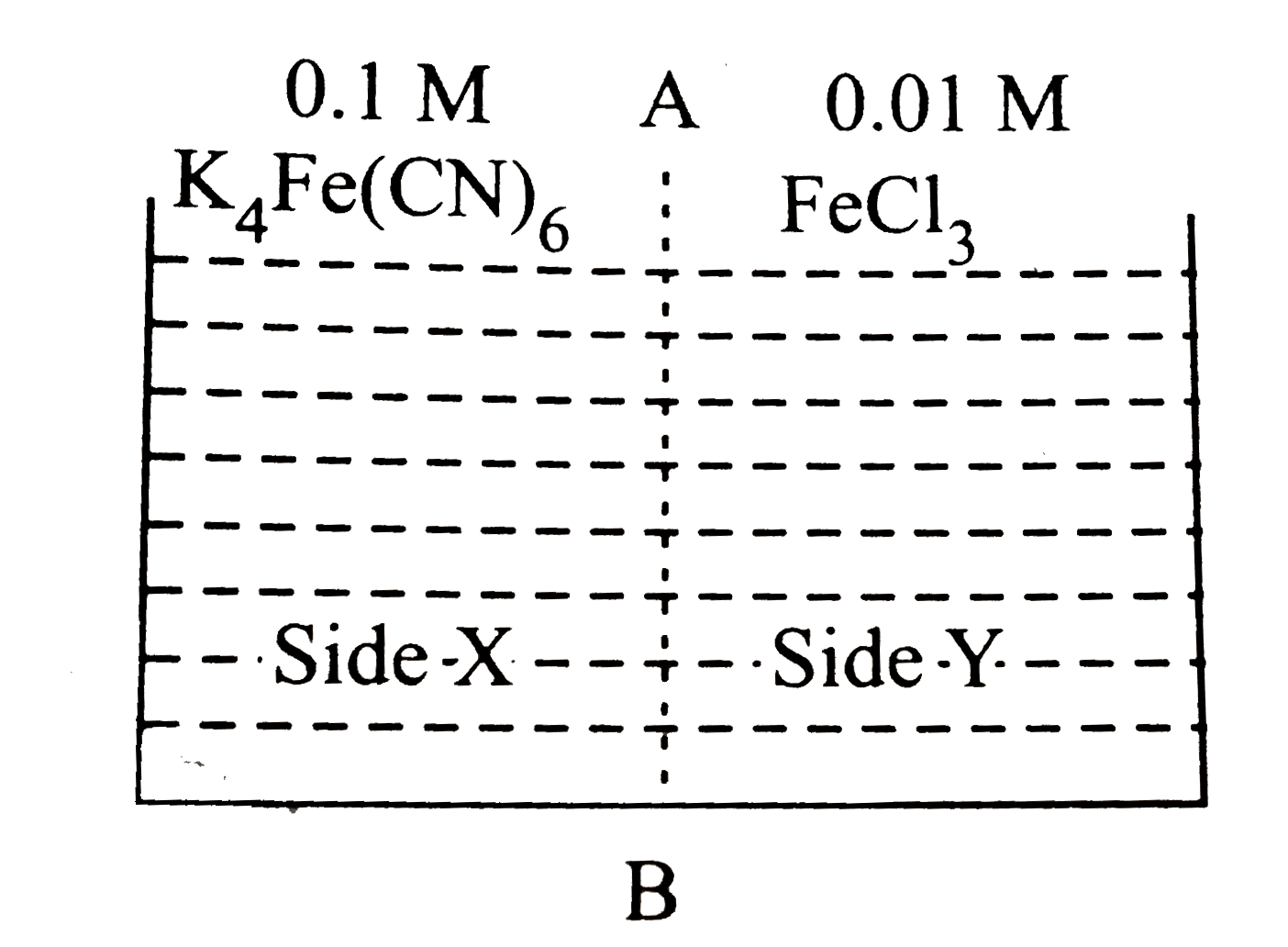Define with example:
Semi-permeable membrane
Step-by-Step Solution:
1. Definition of Semi-permeable Membrane:
A semi-permeable membrane is a type of biological membrane that allows certain substances to pass through while restricting others. This selective permeability is based on factors such as the size, shape, and solubility of the substances.
2. Characteristics:
- Selective Transport: Only specific molecules can pass through the membrane.
- Size and Shape: Smaller molecules or those that fit the membrane's structure can pass, while larger or differently shaped molecules cannot.
- Solubility: The solubility of a substance in lipids can also affect its ability to cross the membrane.
3. Example of Semi-permeable Membrane:
A common example of a semi-permeable membrane is the phospholipid bilayer, which makes up the plasma membrane of cells. This bilayer consists of two layers of phospholipids, with hydrophilic (water-attracting) heads facing outward and hydrophobic (water-repelling) tails facing inward, creating a barrier that selectively allows certain substances to enter or exit the cell.
A semi-permeable membrane is a type of biological membrane that allows certain substances to pass through while restricting others. This selective permeability is based on factors such as the size, shape, and solubility of the substances.
- Selective Transport: Only specific molecules can pass through the membrane.
- Size and Shape: Smaller molecules or those that fit the membrane's structure can pass, while larger or differently shaped molecules cannot.
- Solubility: The solubility of a substance in lipids can also affect its ability to cross the membrane.
A common example of a semi-permeable membrane is the phospholipid bilayer, which makes up the plasma membrane of cells. This bilayer consists of two layers of phospholipids, with hydrophilic (water-attracting) heads facing outward and hydrophobic (water-repelling) tails facing inward, creating a barrier that selectively allows certain substances to enter or exit the cell.
Topper's Solved these Questions
- BOOK - CENGAGE BIOLOGYCHAPTER - CELL: THE BASIC UNIT OF LIFEEXERCISE - MANDATORY EXERCISE (Exercise Set II)13videos
CELL: THE BASIC UNIT OF LIFE
- BOOK - CENGAGE BIOLOGYCHAPTER - CELL CYCLE AND CELL DIVISION EXERCISE - CHALLENGING EXERCISE6videos
CELL CYCLE AND CELL DIVISION
- BOOK - CENGAGE BIOLOGYCHAPTER - CLASSIFICATION OF ANIMALS : INVERTEBRATESEXERCISE - CHALLANGING EXERCISES4videos
CLASSIFICATION OF ANIMALS : INVERTEBRATES
Similar Questions
Knowledge Check
- Question 1 - Select One
Which inorganic precipitate acts as a semi-permeable membrane?
ACalcium phosphateBNickel phosphateCCalcium sulphateDCopper ferrocyanide - Question 2 - Select One
Which of the following is not an example of a selectively permeable membrane?
Aplasma lemmaBcell wallCmitochondrial membraneDchloroplast membrane - Question 3 - Select One
The solutions having same osmotic pressure w.r.t. same semi-permeable membrane are called
AEquivalent solutionsBIdeal solutionsCEquimolar solutionsDIsotonic solutions
Define with example:
Permeable membraneView SolutionWhat is semi-permeable membrane ?
View SolutionWhat is "semi permeable membrane"?
View SolutionWhat is "semi permeable membrane"?
View SolutionFeCl3 on reaction with K4[Fe(CN)6] in aqueous solution gives blue colour. These are separated by a semi-permeable membrane AB as shown. Due to osmosis, there is
 View Solution
View Solution

